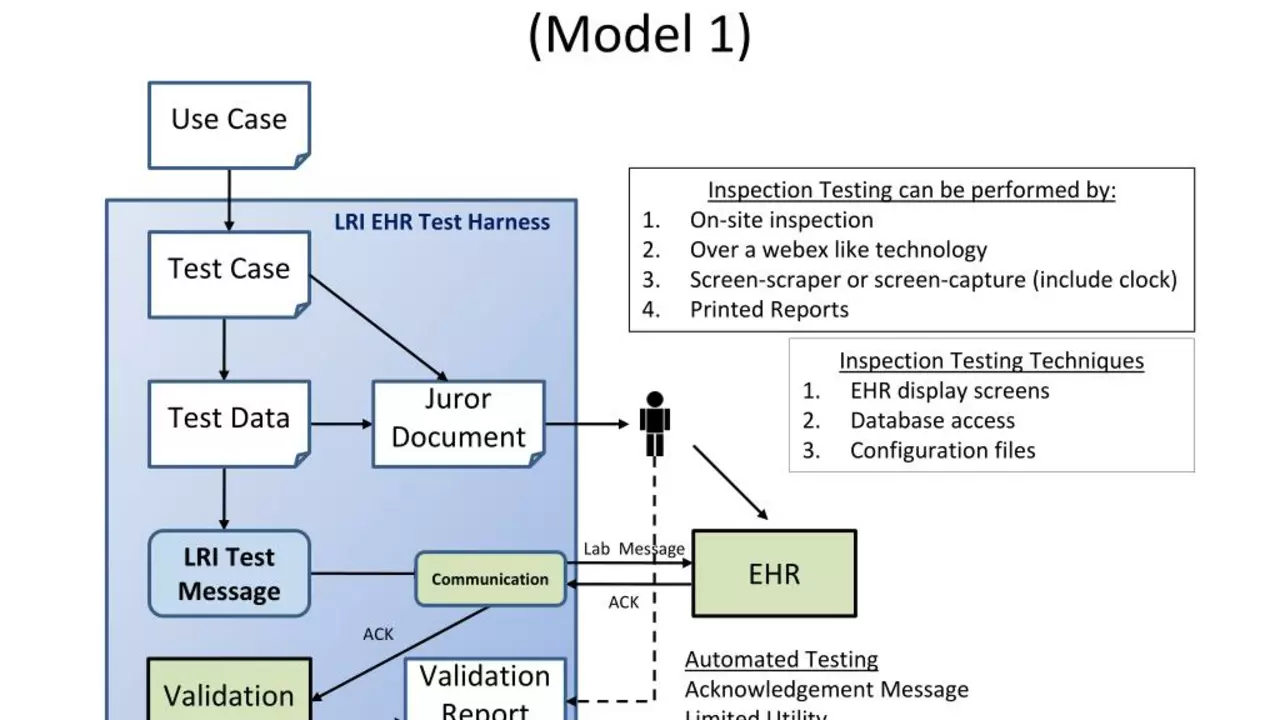How to access California trademarks database online?

Understanding the Importance of Trademarks
Before we dive into the specifics of how to access the California trademarks database online, it's essential to understand the importance of trademarks. Trademarks are crucial for businesses as they provide an easy way for customers to distinguish between different products and services. They also protect companies from competitors who might want to use similar marks to confuse customers. Trademarks are not just limited to logos and names; they can also include phrases, symbols, and even sounds or colors associated with a particular business.
The Basics of California State Trademarks
California state trademarks are a type of intellectual property protection offered by the State of California. Unlike federal trademarks registered with the United States Patent and Trademark Office (USPTO), California state trademarks only protect your mark within the borders of California. So if you're a California-based business and you primarily serve customers within the state, registering your trademark with the State of California might be a good option for you.
Why Use California Trademarks Database?
The California trademarks database is a valuable resource for businesses and individuals alike. It offers a wealth of information about existing trademarks registered in the state. This can be particularly useful when you're considering registering a new trademark and want to ensure it's unique and not already in use by another business. By conducting a thorough search in the database, you can avoid potential legal disputes down the line.
Accessing the California Secretary of State's Website
The California trademarks database is maintained by the California Secretary of State's office. To access it, you'll need to visit the Secretary of State's official website. Once there, look for the 'Business Programs' section, under which you'll find the 'Trademarks and Service Marks' link. Clicking on this link will take you to the page where you can access the database.
Navigating the Trademarks and Service Marks Page
Once you're on the Trademarks and Service Marks page, you'll notice a section named 'Search Trademarks'. This is where you can search the database for existing trademarks. You can search by various parameters, including the trademark name, the owner's name, or the registration number. Remember, the more specific your search, the more accurate your results will be.
Understanding the Search Results
After conducting a search, you'll be presented with a list of results. Each entry will detail the trademark's registration number, the date it was registered, the owner's name, and a description of the goods or services that the trademark covers. It's important to review these details carefully, as they can help you determine whether a similar trademark already exists.
What to Do If a Similar Trademark Exists
If you find a similar trademark already exists, it doesn't necessarily mean you can't register your trademark. It depends on whether the existing trademark is in the same or a similar industry as yours, and whether there's a likelihood of confusion between the two. If you're unsure, it's always a good idea to consult with a trademark attorney.
How to Apply for a Trademark in California
If you decide to proceed with registering your trademark in California, you can do so through the Secretary of State's website. You'll need to fill out a trademark application form and pay the associated fees. Keep in mind that the application process can be complex, so it's often beneficial to seek legal advice.
Keeping Your Trademark Active
Once you've successfully registered your trademark, it's important to keep it active. This means using it regularly in your business and renewing it every five years. You should also monitor the database to ensure no one else is trying to register a similar mark. By doing so, you can protect your brand and ensure your trademark continues to serve its intended purpose.